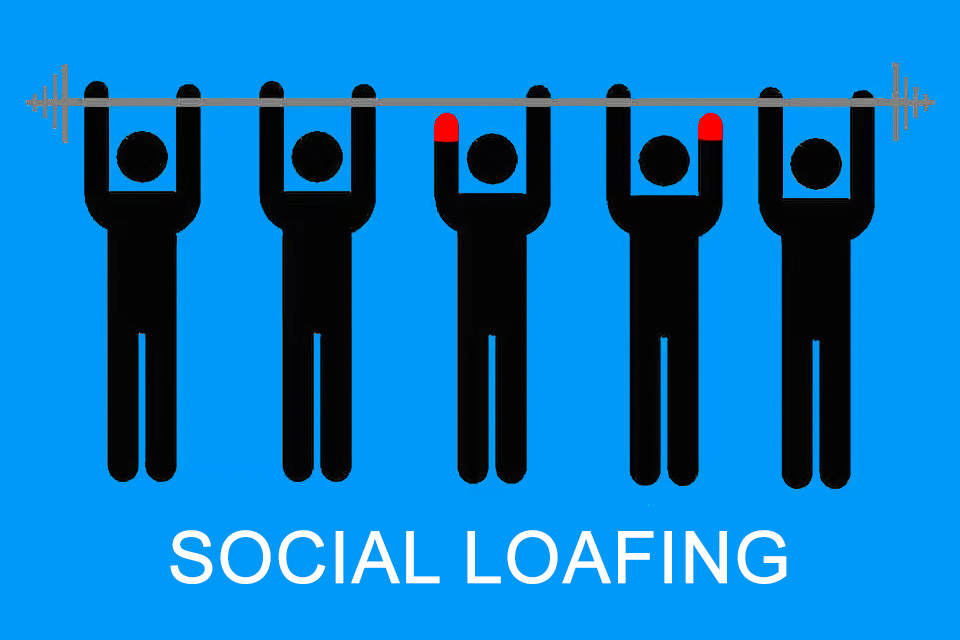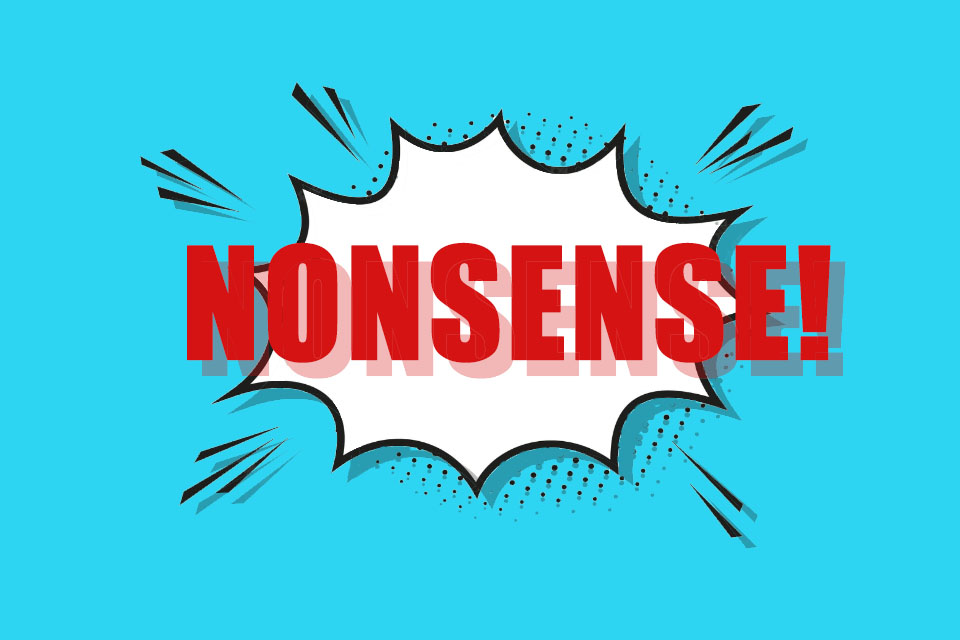What is Social Loafing?
Smartpedia: Social Loafing describes a phenomenon in which individual team members reduce their individual performance due to lack of visibility. In such a situation, 1+1 results in less than 2.
Social Loafing – lazing around in the team
Social loafing describes a phenomenon in which individual team members reduce their individual performance due to lack of visibility. Although it is difficult to “prove” a social phenomenon beyond doubt, there is ample empirical evidence for the existence of social loafing. As early as 1913, the French agricultural engineer Maximillien Ringelmann published the results of a series of experiments. He found out that when pulling loads, the overall performance of horses, oxen or even people in groups is smaller than the sum of the possible individual performances. The more people pulled a load at the same time, the lower the performance of each individual. On average, teams of two invested only 93% of their strength, teams of three only 85 %, teams of eight only 49 %. Ringelmann suspected that the causes were lack of coordination and reduced motivation of the team members. Based on these observations, social loafing is also known as the Ringelmann effect.
Other studies¹ have examined the conditions under which Social Loafing is more likely or less likely, such as the size of the group, the nature of the task and the degree of individual accountability. Overall, there is much to suggest that Social Loafing is a real phenomenon that can have a significant impact on group performance and productivity.
It should be noted, however, that not all individuals or groups exhibit Social Loafing to the same degree and that there may be individual differences or situational factors that influence the extent of Social Loafing. In addition, as in any area of research, new insights and perspectives may emerge that may challenge or refine our understanding of social loafing over time.
Reasons for Social Loafing
Nowadays, teamwork in projects or in the development of products is widespread. The Agile Manifesto propagates the self-responsibility of the team, Design Thinking focuses on finding common ideas in the team and Coding Dojos promote the development of software with colleagues. Often social loafing occurs
- in the case of increasing group sizes, when individual performance cannot be measured or is not measured.
- in the case of services that cannot be allocated to individual individuals.
- for routine tasks to be performed within a group.
- if potential idlers can hide in the anonymity of the group.
Interestingly, a related phenomenon can be observed that works the other way round: Social Facilitation.
Social Facilitation and Social Loafing
Social Facilitation and Social Loafing are two related but distinct phenomena that can have opposite effects on group performance.
Social Facilitation – also referred to as social loafing – refers to the tendency of people to perform better on simple or well-learned tasks when other people are present during performance. This effect is thought to occur because the presence of others increases physiological arousal, which can enhance performance on tasks that are relatively simple or familiar.
How might these two effects influence each other? In general, Social Facilitation is more likely to occur on simple or well-learned tasks, while Social Loafing is more likely to occur on complex or unfamiliar tasks. So if a task is simple or well learned, the presence of others may improve performance through social facilitation. However, if the task is complex or unfamiliar, the presence of others can lead to Social Loafing.
In addition, the size of the group may influence whether social facilitation or social loafing is more likely. In simple tasks, larger groups can increase social facilitation, as more people can provide arousal and motivation to perform. However, for complex tasks, larger groups may increase Social Loafing as it becomes easier for individuals to feel anonymous and less responsible in a larger group.
Overall, the relationship between Social Facilitation and Social Loafing is complex and depends on a number of factors, including the nature of the task, the size of the group and the level of individual accountability. Understanding these factors can help promote more effective group performance and productivity.
Avoiding Social Loafing
In order to avoid social loafing, it is advisable to promote the individual attitude of each team member towards the team. This succeeds if …
- team members perceive themselves as a community of like-minded people and have an inner connection to the team.
- team members perceive a task as a challenge that can only be solved together.
- team members associate a positive image and appreciation with the team or see strategic advantages in participation.
- team members often find each other quickly in crises and the cooperation as a unit also works well at short notice.
- team members pursue a common goal across company hierarchies. The common interest and the process on the way to the set goal are then in the foreground.
An important reason for the individual performance is the appreciation of the individual performance. It is the best answer to social loafing and can be provided in the team by other team members, by superiors, by other teams, by other employees in the company outside the team or even by independent bodies such as a jury. And this may surprise: also by the individual himself.
Impulse to discuss
Is it the lack of value or the lack of visibility of performance that leads to social loafing? And is it even possible to maximise performance over a longer period of time, because after all we are humans and not machines?
Although social loafing occurs in many organisations, why is it rarely addressed in teams?
Notes:
[1] In a study by Karau and Williams (1993), participants were asked to clap or shout as loudly as possible while wearing noise-cancelling headphones that prevented them from hearing others in their group. The researchers found that participants produced more noise when they thought they were working alone than when they thought they were part of a group. This suggests that the mere presence of other people can lead to Social Loafing, even if they are not physically working together or interacting with each other.
A study by Harkins and Jackson (1985) examined Social Loafing in a more natural setting, using a tug-of-war game with real teams of participants. The researchers found that as the number of people on a team increased, the amount of force exerted by each individual decreased, indicating the presence of Social Loafing. However, when individual scores were displayed on a scoreboard after each round, Social Loafing decreased, suggesting that individual accountability may help mitigate the effects of Social Loafing.
Here you can find a video: What is Social Loafing? (Definition and Examples)
Here you will find a German study on the positive effects of social laziness in solving complex problems.
If you like the article or would like to discuss it, please feel free to share it in your network. And if you have any comments, please do not hesitate to send us a message.
And here you can find additional information from our t2informatik Blog:



